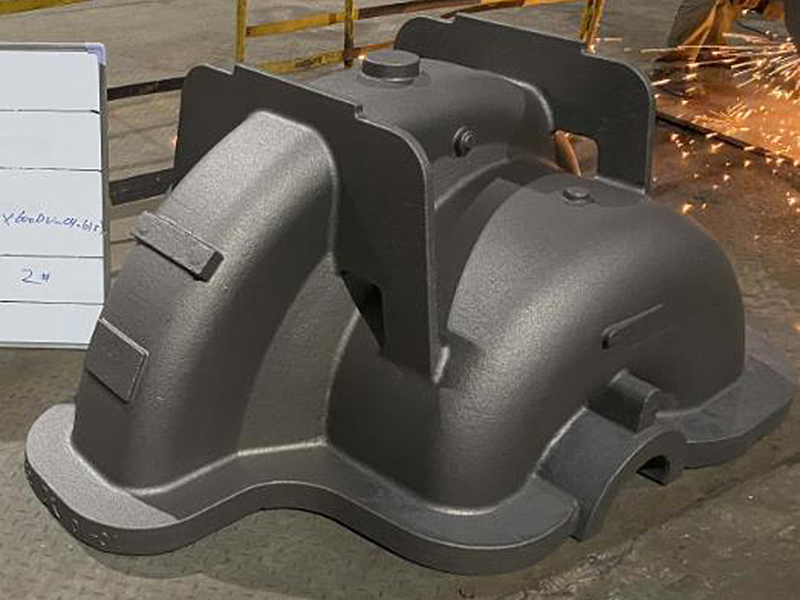Understanding the Types of Sand Casting Process
Sand casting is one of the most versatile and widely used metal casting processes, primarily due to its simplicity, cost-effectiveness, and capability to produce complex shapes. The method involves creating a mold by packing sand around a pattern, then pouring molten metal into the mold to form a casting. There are several types of sand casting processes, each with specific applications and advantages. This article will explore the most common types of sand casting processes.
Understanding the Types of Sand Casting Process
2. Dry Sand Casting In contrast to green sand casting, dry sand casting involves using sand that has been thermally or chemically cured to remove moisture. This type of process enhances the strength and stability of the mold, allowing for finer details and a better surface finish on the casting. Dry sand molds can withstand higher temperatures, making this method ideal for high-melting-point metals and applications requiring increased dimensional accuracy. It's commonly used in the aerospace, defense, and other industries where high-performance materials are necessary.
types of sand casting process

3. Skin-Dried Sand Casting Skin-dried sand casting is a hybrid approach that combines features of both green and dry sand casting. In this process, the mold is prepared with a thin layer of dry sand on the outer surface, while the interior remains relatively moist. This technique helps reduce defects while maintaining the benefits of green sand. Skin-dried molds can achieve better surface finishes and detailed patterns, making them suitable for components that require both accuracy and aesthetic appeal.
4. No-Bake Sand Casting No-bake sand casting utilizes a resin binder that does not require heat to cure the mold. The sand is mixed with a chemical hardener, allowing it to set at room temperature. This process enables the production of very intricate shapes and large quantities with high dimensional accuracy. The absence of moisture in the mold also minimizes the risk of casting defects like holes and porosity. No-bake sand casting is highly effective for producing large components and is often used in heavy machine parts, pipe fittings, and intricate artworks.
5. Lost Foam Casting Lost foam casting is a unique sand casting process that employs a foam pattern instead of a traditional metal or wood pattern. The foam pattern is covered in sand, and molten metal is poured in, which vaporizes the foam, leaving a cavity where the metal takes shape. This method allows for complex geometries and is often used in automotive parts, as well as for prototypes and applications where reducing weight and waste is a priority.
In conclusion, the choice of the sand casting process depends on factors such as the complexity of the part, the type of metal being cast, production volume, and required dimensional accuracy. Each type of sand casting process has its strengths and is suited for different applications, making sand casting a continually relevant method in the manufacturing industry. Whether it's green sand casting for large complex parts or lost foam casting for intricate designs, the versatility of this technique remains a cornerstone of metalworking.
Post time:Septemba . 10, 2024 22:09
Next:sand casting
